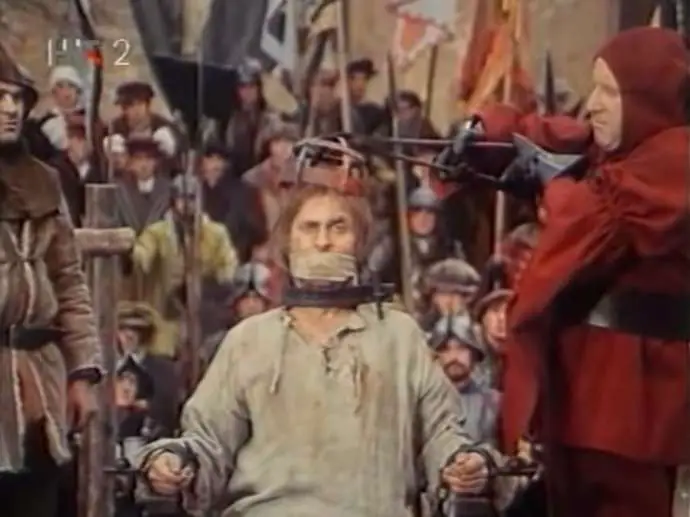In 1572 one of the most important advanced peasant revolts occurred in the lands of today’s Slovenia and Croatia. Most probably it began on today’s date, April 24.
Peasant rebellions, which spanned over a period of 250 years in Slovenia, had five notable events, starting with the Rebellion of Carinthia in 1478 and concluding with the 1713 Rebellion of Tolmin.
Among the main causes of peasant revolts were the reintroduction of duty in kind, increase in feudal tax and serjeanty, violence against serfs by feudal lords, Turkish incursions and wars, on top of agricultural disease and weather-related disasters.
For these reasons serfs began organizing themselves into farmers’ associations, or “punti” as they were called in Slovenian. Between the 15th and 17th centuries “punti” were targeting feudal lords, while at the beginning of the 18th century they were directed against the state institutions and Emperor.
The biggest rebellion in Slovenia occurred in 1515 with about 80,000 participants, most probably depicted by Albrecht Dürer in his 1515 sketch for the Holy Roman Emperor Maximilian I.
However, one of the most important peasant revolts occurred in 1572 adn 1573 across today’s Slovenia and Croatia, and was particularly advanced in terms of organization and political program of the peasants.
The rebels’ political agenda was to replace the nobility with peasant officials who were directly responsible to the Emperor, and to eliminate all feudal possessions of and obligations to the Roman Catholic Church. The peasant government was composed of the main leader Matija Gubec, (Cro: Gubac), and Ivan Pasanec and Ivan Mogaić as its main members. Their plans also included the removal of provincial borders, the opening of freeways for trade and self-management by farmers.
Although historians mainly agree that the main cause behind the Slovene-Croatian rebellion was economic in nature, the rebellion is often associated with Baron Ferenc Tahy and his cruel treatment of the serfs. In 1567 the Imperial commission agreed to investigate Tahy’s competence in run the estates by hearing 508 testimonies against him. Unfortunately, no measures other than the writing of the minutes of the hearings were taken – although these ran for at least six metres – which is why Tahy and his misrule remain the main reason for the rebellion in popular belief.
The rebellion started in 1572 and was initially limited to three Tahy estates. Eventually the revolt spilt over across Croatian Zagorje, lower Styria and parts of Lower and Upper Carniola, with an estimated 12,000 rebels, some 4,000 of whom were killed in clashes with feudal armies.
The rebellion concluded on February 9th, 1573 with the capitulation of the serf army and the following punishments of the leaders: Matija Gubec was crowned with a red-hot heated iron crown and quartered, while the other leaders were decapitated.
A feature film directed by Vatroslav Mimica was made about the events in 1975. The movie is spoken in the dialect of Zagorje, which sounds like a mixture of Slovenian and Croatian or perhaps the proto-language of the two. The film is also available on YouTube:







